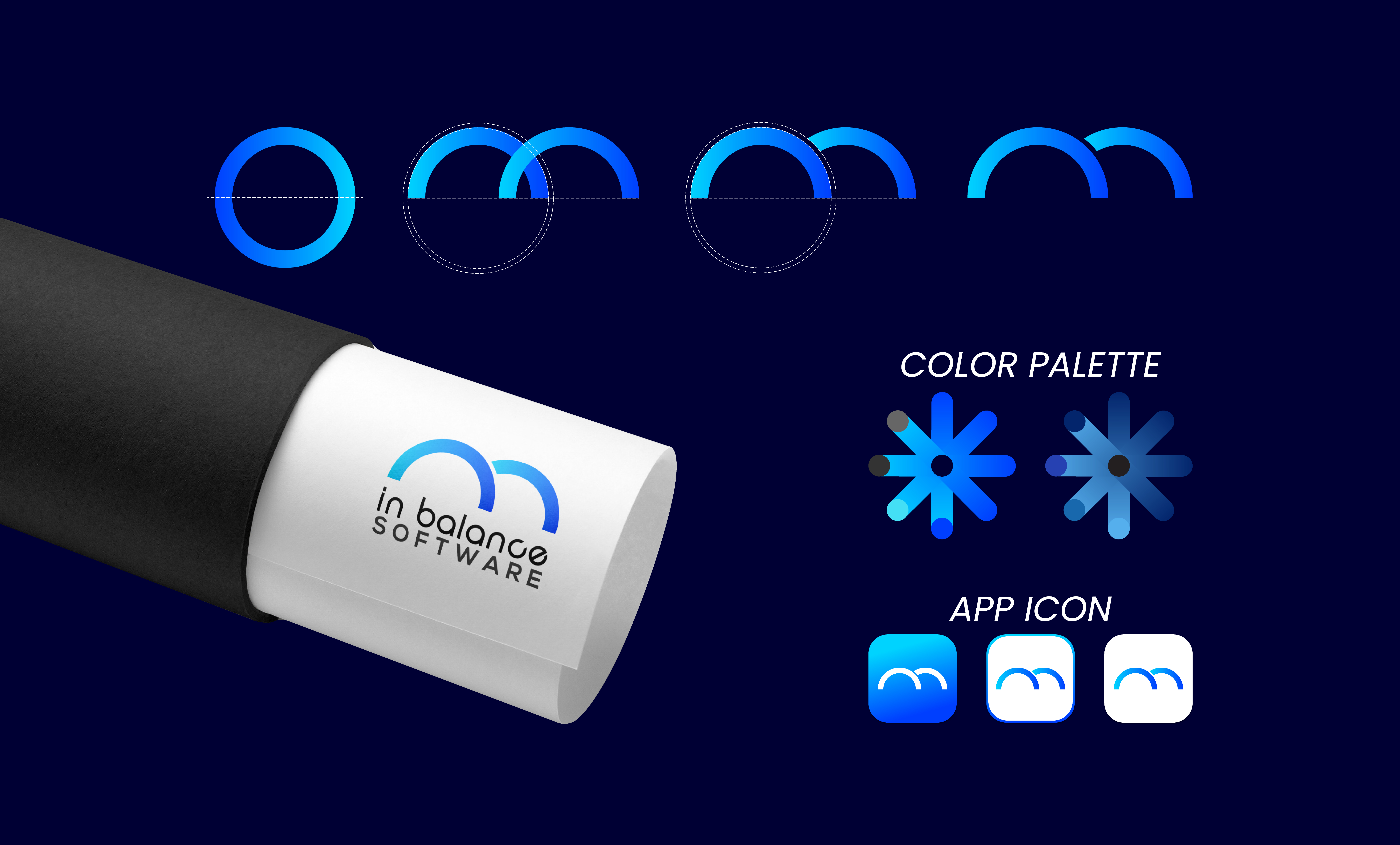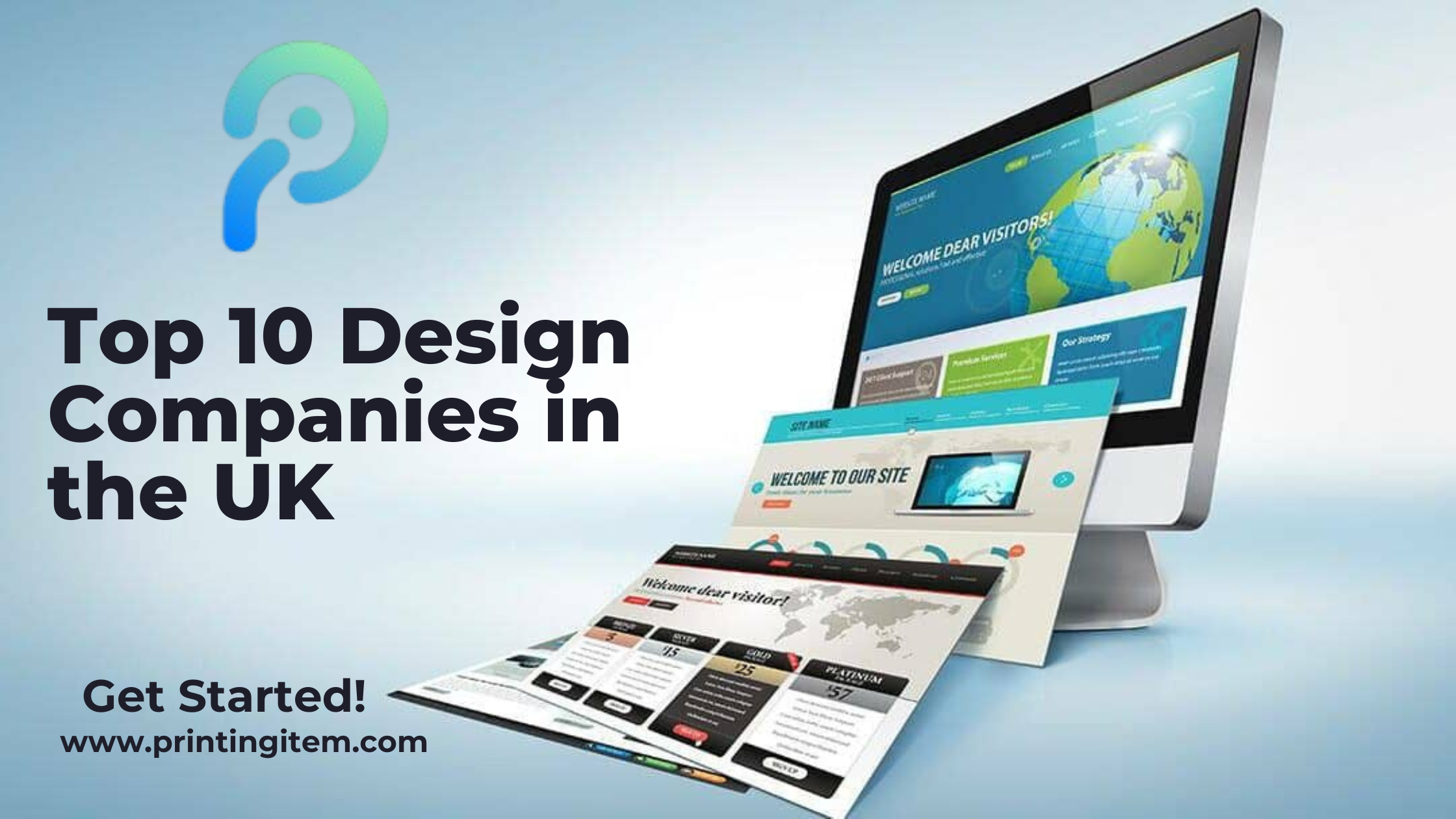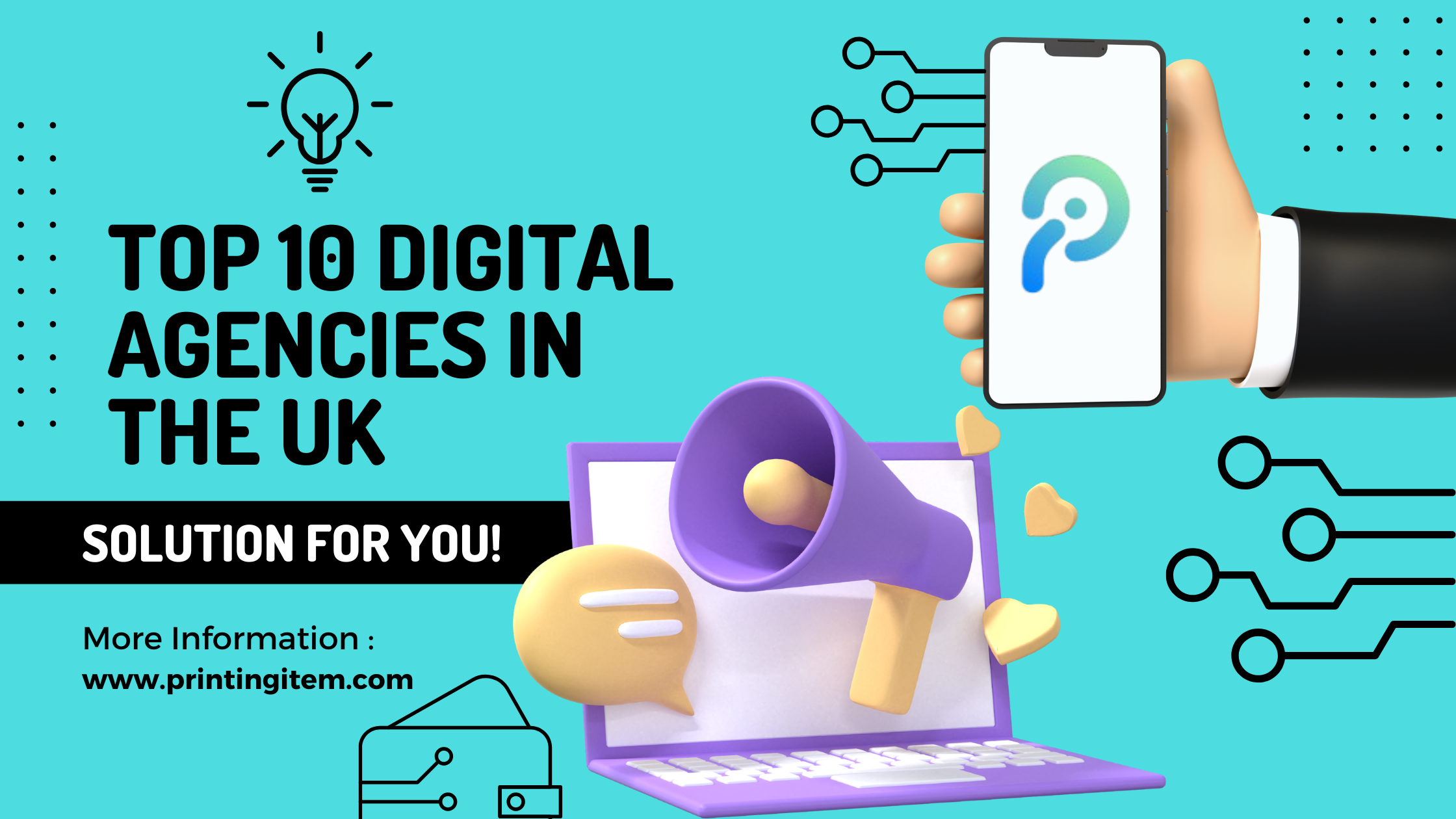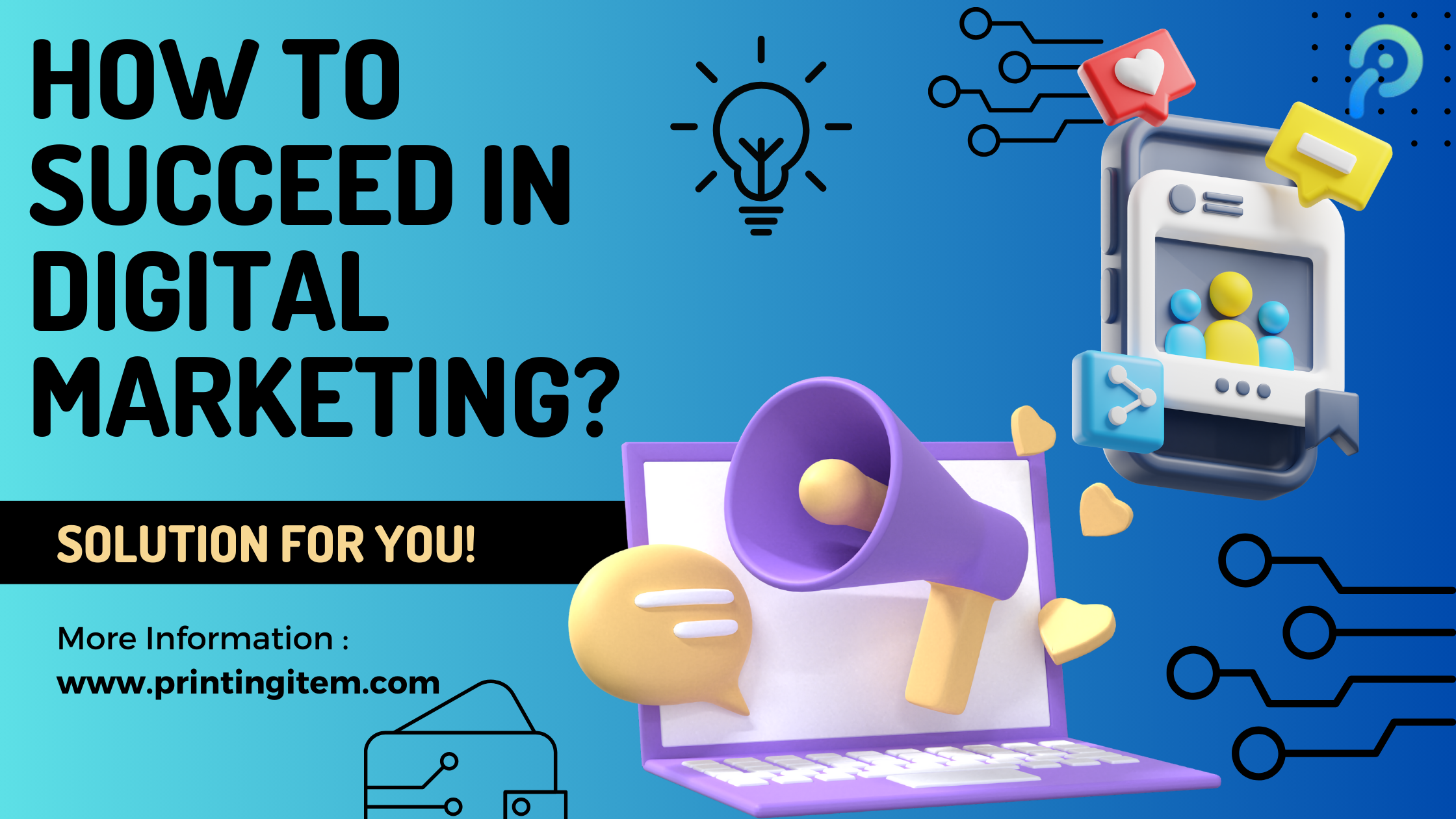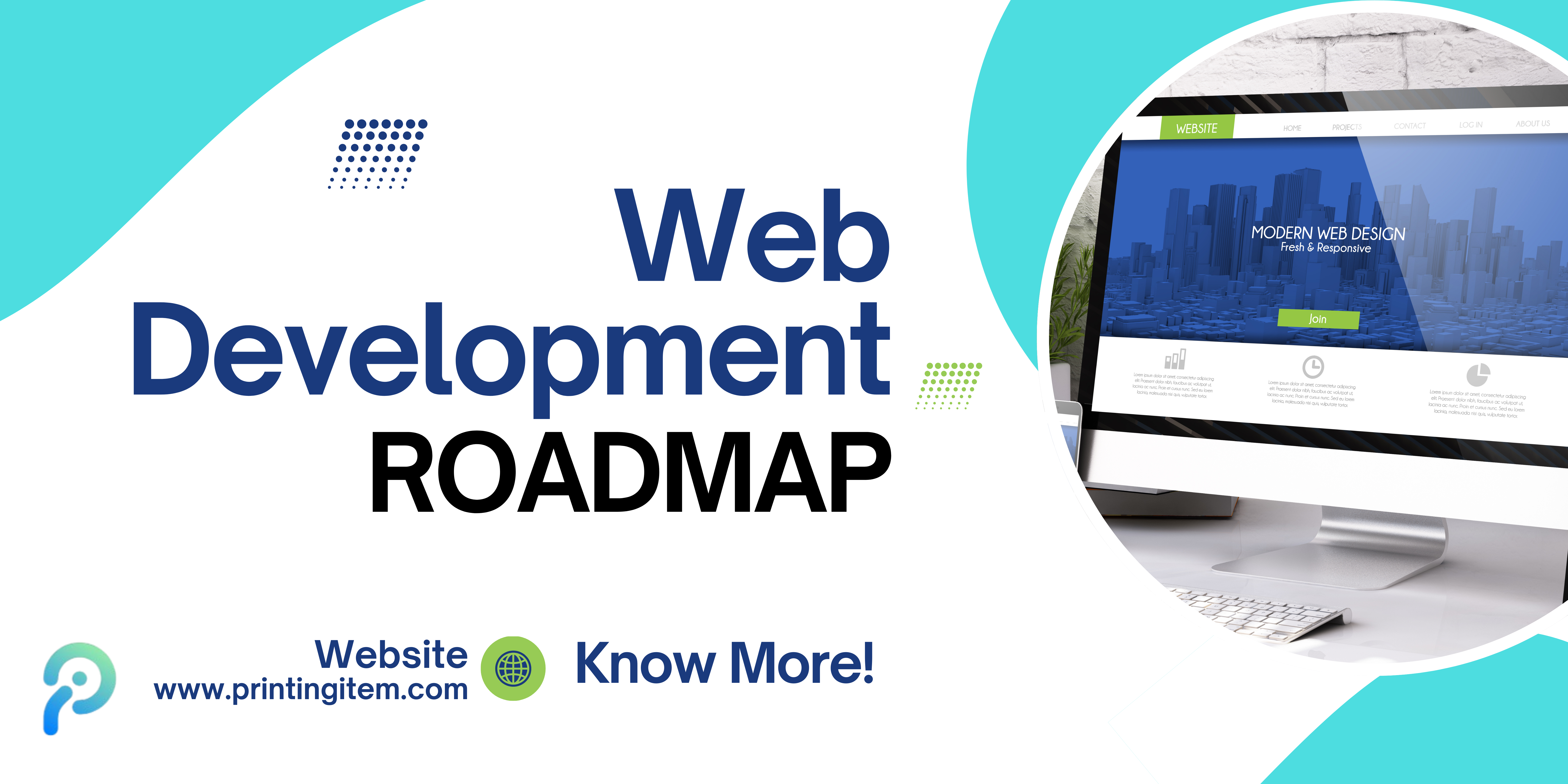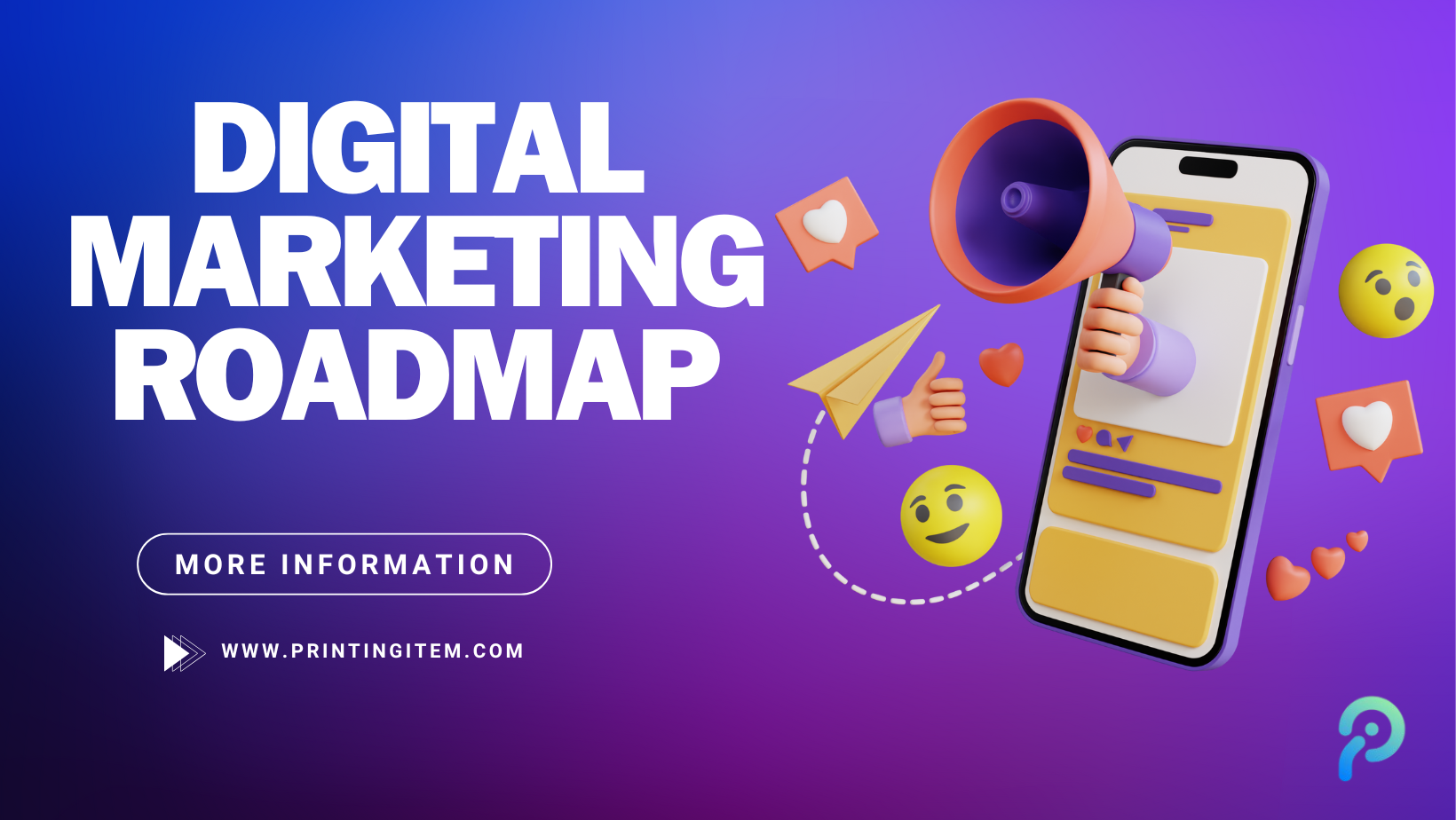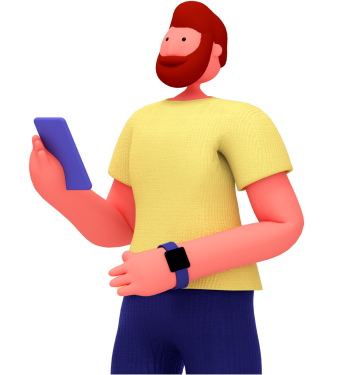
A roadmap to UX/UI design involves several critical building blocks. Here's an in-depth step-by-step guide that will help you on your journey:
Step 1: Understand the Basics Learn Fundamentals: Familiarize yourself with basic design principles, UX concepts, and UI elements. Color theory, typography, layout design, and visual hierarchy are all extremely key topics.
Step 2: Research and Empathy User Research: Conduct interviews, surveys, and usability tests to understand user needs.
Persona Development: Develop user personas that embody the segments of your audience.
Step 3: Information Architecture
Site Mapping: Organize content and create a site map that defines the structure of the product.
User Flow Diagrams: Map the journey of the user in order to identify where the customer will touch and interact with the product.
Step 4: Wireframing
Low-Fidelity Wireframes: These are basic, quick layouts that help in visualizing structure without getting into details.
Tools: Balsamiq, Figma, or Sketch
Step 5: Prototyping
High-Fidelity Prototypes: Create interactive prototypes that are representative of the final product. Testing: Use prototypes for usability testing; gather feedback.
Step 6: Visual Design Design System: Create a style guide or a design system that maintains consistency throughout your product. UI Elements: Pay more attention to buttons, icons, and other UI components which will fit well into your brand voice.
Step 7: Usability Testing Conduct Tests: Test your designs with real users to find pain points and areas for improvement.
Iterate: Take feedback to refine and improve your designs.
Step 8: Collaboration
Collaborate with Developers: Work strongly with the developers so that your designs would be considered feasible and nicely executed.
Communicate: Show how and why you make specific design decisions transparently.
Step 9: Launch and Monitor
Product Launch: As preparations are going on for the launch, ensure that everything, in terms of design, is ready.
Get Feedback: Once it is out, gather user feedback and data to help you assess how well or otherwise your design has performed.
Step 10: Continuous Learning
Keep your knowledge updated, as UX/UI is in a constant evolution phase; take courses, attend workshops, and follow news.
Create a Portfolio: Keep updating your portfolio with new projects and case studies.
Additional Tips
Networking: Be an active part of UX/UI communities, and never miss meetups.
Soft Skills: Communication, empathy, and problem-solving skills are highly vital in UX/UI design.
This will provide you with an extremely solid foundation in UX/UI design and give you the best preparation for a very successful UX/UI design career.






